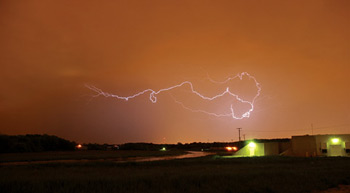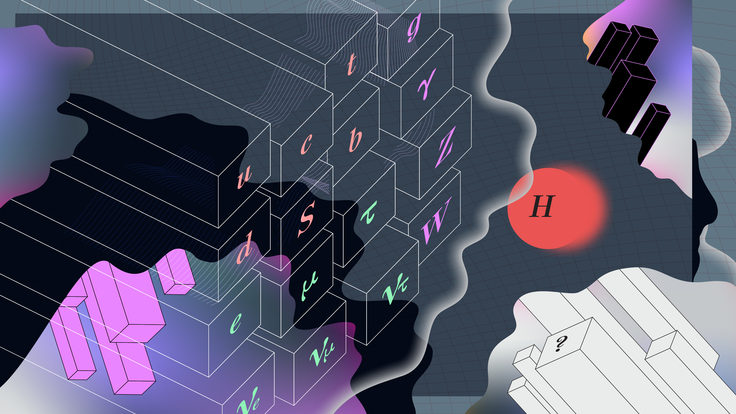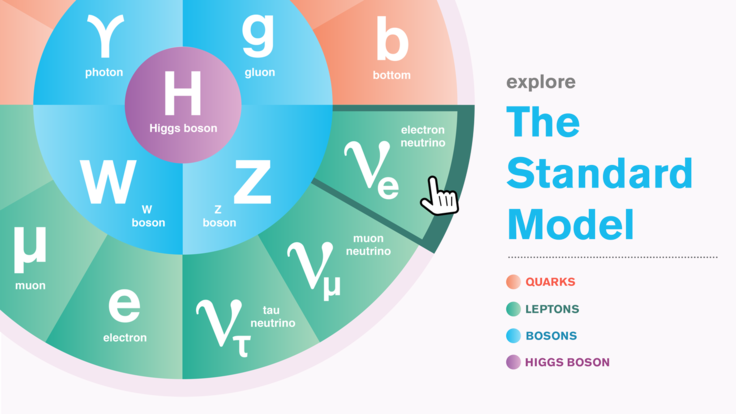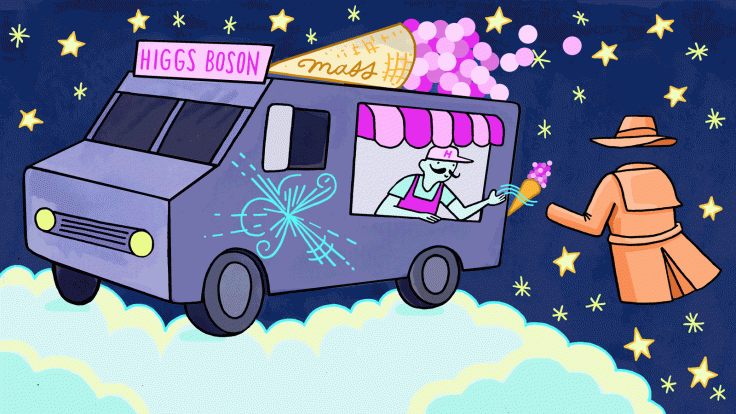 |
|
Photo: Tim Koeth, Rutgers University |
Lightning strikes, Tevatron blinks
The highest-energy particle accelerator in the world, Fermilab's Tevatron, boasts four miles of particle-accelerating circumference. But during thunderstorms it can become a bull's-eye for stray lightning bolts that demonstrate the intimidating power of nature. "The Tevatron is a magnificent and wonderful thing," says Tevatron operations specialist Todd Johnson, "but it's also very fragile."
The energy contained in a large thunderstorm often surpasses that of an atomic bomb. When clouds build up extra electrons, they need to get rid of the charge somehow. A thunderous blast of lightning often results, and the energy in a single lightning bolt is often 100,000 electron volts with a current of about 1000 amperes. Disruption of accelerator operations doesn't require a direct hit. "When lightning strikes, large currents flow through the ground," Johnson says.
Power sources and communications networks can be disrupted, especially those featuring long, unshielded cables. Those disruptions can terminate the beam and delay experiments. Resuming operations can take several hours, de- pending on how long it takes to track down problems and make repairs.
Thunderstorms also affect the Tevatron in other annoying ways. When lightning strikes, fire alarms in any of the dozens of Tevatron buildings can trip. "I once spent an entire night shift doing nothing but driving to buildings where alarms were set off," Johnson says. Overall, he sees the complex Tevatron as a surprisingly robust system—but still susceptible to the power of nature. "When we see a thunderstorm approaching," Johnson adds, "we cross our fingers."
Dave Mosher
Click here to download the pdf version of this article.






